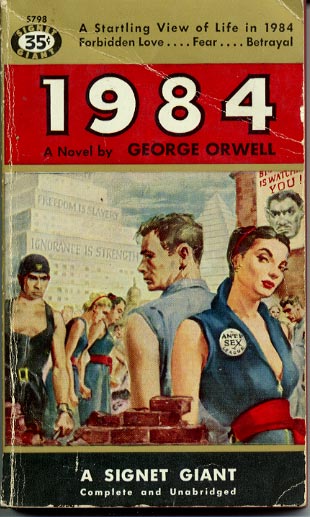 Teacher workdays are good for taking care of various housekeeping duties that may have been piling up, and today I began cleaning house. After entering grades for group work from Wednesday and Thursday, I set to cleaning off my desk. I answered an email concerning the yearbook ship date. After lunch at Sherry's with Sarah and Grandma, I returned to finish. Two loads of paper were carried to the recycling dumpster, reading comprehension tasks for the next two weeks were planned, and I pulled extra practice for stuff like commas, apostrophes, and analogies. I gathered some of the AIG reading selections for April, and I took a walk in the woods. I've been here for eight years and it was the first time I'd walked down to the creek. The mailbox held news both good and bad. First the bad news, this blog was not recognized as worthy of a Bright Idea award. I'm still looking for the silver lining. Maybe the chuckle I got from the oxymoron in my idea to write a letter saying "I'm nonplussed!" was the payoff. However, maybe there is more. Maybe this is a flashing symbol of a systemic rejection of useful technology facilitation. If so, then it's more reaffirmation than repudiation. Now, the good news. I was asked to teach summer school. This will give me a chance to integrate technology (student response system, podcasts, PowerPoint dramas, movie making) with real reading skills (enjoying a novel, map reading, and literary elements via vintage comics) learned and practiced cooperatively.
Teacher workdays are good for taking care of various housekeeping duties that may have been piling up, and today I began cleaning house. After entering grades for group work from Wednesday and Thursday, I set to cleaning off my desk. I answered an email concerning the yearbook ship date. After lunch at Sherry's with Sarah and Grandma, I returned to finish. Two loads of paper were carried to the recycling dumpster, reading comprehension tasks for the next two weeks were planned, and I pulled extra practice for stuff like commas, apostrophes, and analogies. I gathered some of the AIG reading selections for April, and I took a walk in the woods. I've been here for eight years and it was the first time I'd walked down to the creek. The mailbox held news both good and bad. First the bad news, this blog was not recognized as worthy of a Bright Idea award. I'm still looking for the silver lining. Maybe the chuckle I got from the oxymoron in my idea to write a letter saying "I'm nonplussed!" was the payoff. However, maybe there is more. Maybe this is a flashing symbol of a systemic rejection of useful technology facilitation. If so, then it's more reaffirmation than repudiation. Now, the good news. I was asked to teach summer school. This will give me a chance to integrate technology (student response system, podcasts, PowerPoint dramas, movie making) with real reading skills (enjoying a novel, map reading, and literary elements via vintage comics) learned and practiced cooperatively.All in all, it was one of the best workdays ever.



